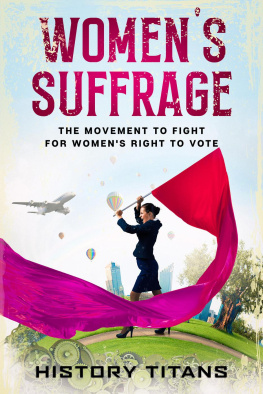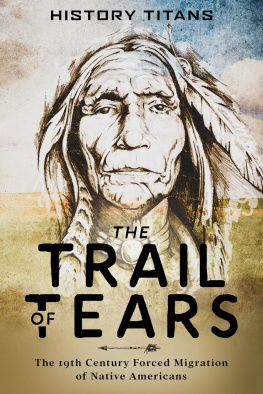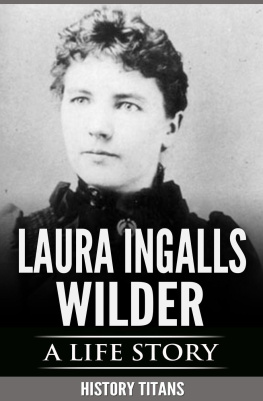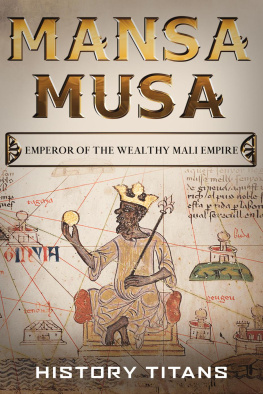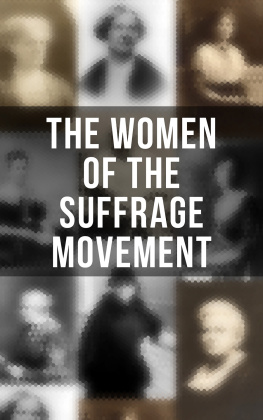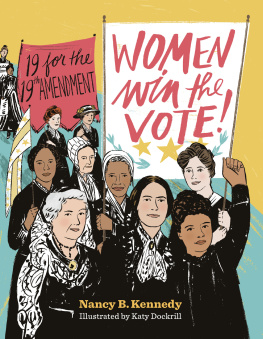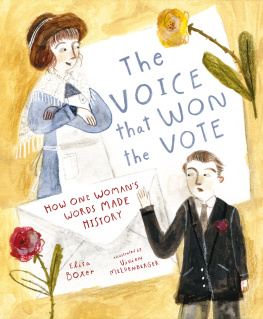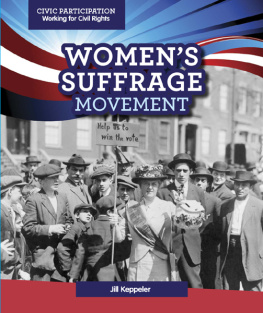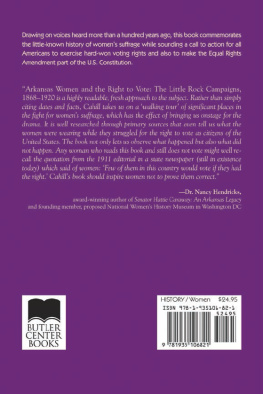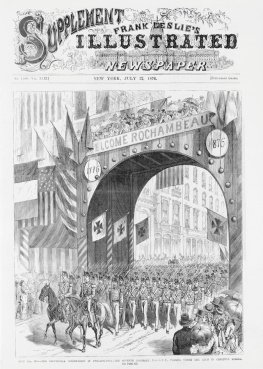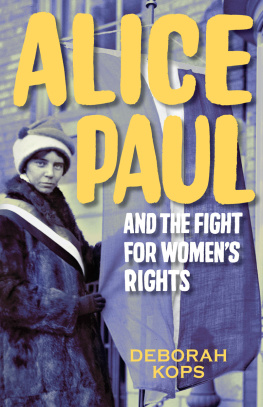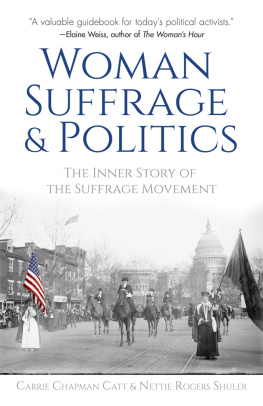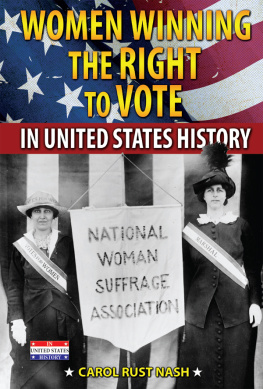Womens Suffrage
The Movement to Fight for Womens Right to Vote
Copyright 2020 - All rights reserved.
The contents of this book may not be reproduced, duplicated or transmitted without direct written permission from the author.
Under no circumstances will any legal responsibility or blame be held against the publisher for any reparation, damages, or monetary loss due to the information herein, either directly or indirectly.
Legal Notice:
This book is copyright protected. This is only for personal use. You cannot amend, distribute, sell, use, quote or paraphrase any part or the content within this book without the consent of the author.
Disclaimer Notice:
Please note the information contained within this document is for educational and entertainment purposes only. Every attempt has been made to provide accurate, up to date and reliable complete information. No warranties of any kind are expressed or implied. Readers acknowledge that the author is not engaging in the rendering of legal, financial, medical or professional advice. The content of this book has been derived from various sources. Please consult a licensed professional before attempting any techniques outlined in this book.
By reading this document, the reader agrees that under no circumstances is the author responsible for any losses, direct or indirect, which are incurred as a result of the use of information contained within this document, including, but not limited to, errors, omissions, or inaccuracies.
Table of Contents
W hile no time and generation are without their struggles, its certainly true that life nowadays is, in many ways, easier than the life of yesteryear. In certain respects, it can be argued that things are the same or even more difficult, but some of the problems that used to be major burdens on society have since been solved. Whats more, many people have had to struggle and suffer immensely to get those problems solved so that we wouldnt have to. Indeed, the fruits of yesterdays harsh struggles are now taken for granted.
One example of this has to be womens suffrage. Todays women have the right to vote, but the idea of it being any other way is so inconceivable and foreign to the average person in the developed world that its hard to imagine things were so different just a century ago. In the grand scheme of things, a hundred years is little more than a minor episode, so it might as well have been yesterday. And, of course, thats if were focusing exclusively on the United States, where women finally got the right to vote in 1920. Many other countries in the developed world took decades more to make this dream a reality. In many other places in the world, women are still excluded from the political process to at least some degree.
Like most major sociopolitical shifts, womens suffrage was a milestone that wasnt reached overnight. The struggle started to gain momentum in the United States around the half of the 19th century, but some women felt they should get their rightful place in the political process well before that. Even after the movement started, though, it still took quite some time for tangible changes to occur. As such, it wasnt until after the Great War that the final concessions were given.
In this book, we will explore the fascinating story of Americas greatest expansion of democratic participation for its citizens in history. This prolonged chapter of American history occurred amid other major historical events that came and went and sometimes pushed the suffrage movement to the sidelines of public attention. Still, the movement endured and prevailed in the end. This is a story of struggle and of the major progress that struggle can bring about.
Its also a tale that will certainly give you a greater sense of perspective. Many of the comforts and rights we now enjoy and take for granted didnt come easy. Unfortunately, this is something we easily forget nowadays. Forgetting isnt problematic solely because it dishonors the ancestors that have struggled. Far more dangerous is the loss of that sense of struggle and value of the rights we have today. Its far easier to lose the things we dont value and appreciate, so it is important to remain vigilant and aware of the struggle and suffering that have gone into building these things for us.
This books goal is, at the very least, to teach you a few things you might not know about the suffrage movement, but its also the writers hope that it will serve to refresh your sense of perspective. Our rights arent valuable just because they make us comfortable, but also because they were attained through someones struggle. By the end of this book, you will have a better understanding of what that struggle entailed. We will focus primarily on the US, but we will also briefly touch upon the history of womens suffrage in a few other places later on.
I n the grand scheme of history, not just womens suffrage but the democratic process as a whole hasnt really been the most popular system of governance. More often than not, human societies have been governed by all sorts of dictatorships and autocracies. Still, as you probably know, voting rights and democracy, in general, are not recent phenomena.
While most people are aware that democracy existed in ancient Greece, a common misconception is that the system operated like the democracies of today. The democratic system in Athens certainly involved voting, but the right to vote was more of a privilege than a right, as it was reserved only for adult, male landowners. This is a common theme throughout history. Furthermore, European societies that emerged in the millennia after Greek city-states like Athens reigned supreme were usually even less democratic.
Ancient Rome, for instance, was a civilization that came up with and perfected many aspects of governance, statehood, and legislation that we use today. However, it was still far from being a society where democracy thrived. This was in spite of the fact that the Romans were a society greatly influenced and inspired by ancient Greek culture, many aspects of which they had taken and improved upon. Needless to say, the centuries following the fall of the Roman Empire saw much of Europe move even further away from any sort of parliamentary system, let alone representative democracy. Monarchism reigned supreme well into the time following the middle ages.
Thats not to say that various forms of parliament didnt appear at times, but such systems were not the norm. There were all sorts of interesting cases beyond European civilization too. In 17th-century Canada, for example, the native Iroquois people were observed by a French nun to exercise a considerable degree of gender equality in public and political life. She noted that these folks had female chieftains of significant influence and power. In the local councils, these womens voice was just as important as that of the men and, sometimes, their influence was even greater than mens.
Next page
